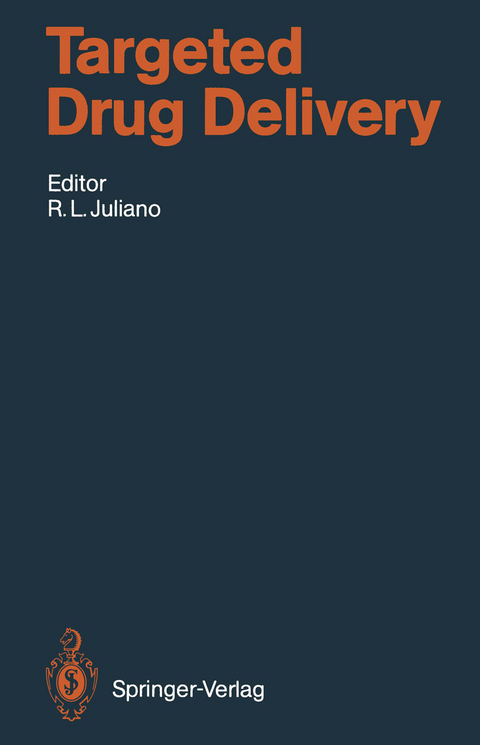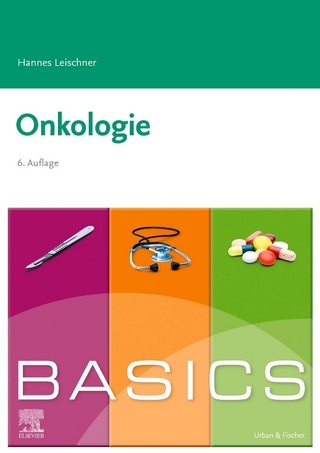
Targeted Drug Delivery
Springer Berlin (Verlag)
978-3-642-75864-5 (ISBN)
1 A New Perspective for Drug Delivery Research.- A. Promises Realized: A Recent History of Controlled Drug Delivery.- B. The Opening Door: Molecular Biology Generates New Opportunities and Challenges for Drug Delivery Research.- C. An Overview of this Volume: Building on the Past and Looking Toward the Future.- D. Drug Targeting Research in the Twenty-First Century: A New Perspective.- References.- 2 Internalization and Sorting of Macromolecules: Endocytosis.- A. Introduction.- B. Pathways of Endocytosis in Nonpolarized Cells.- C. Molecular Basis of Endocytosis.- D. Noncoated Pit Internalization.- E. Endocytosis in Polarized Cells.- F. Summary.- References.- 3 Transport of Macromolecules Across the Capillary Endothelium.- A. Introduction.- B. Pathways for the Passage of Macromolecules Across Capillary Endothelium.- C. The Blood-Brain Barrier.- D. Experimental Model Systems.- E. Applications of Tissue Culture Models in the Study of Capillary Endothelial Cell Transport of Macromolecules.- F. Summary.- References.- 4 Pharmacokinetics of Drug Targeting: Specific Implications for Targeting via Prodrugs.- A. Introduction.- B. Pharmacokinetic Models and Drug Targeting.- C. Prodrug-Mediated Targeted Drug Delivery.- References.- 5 Soluble Polymers as Targetable Drug Carriers.- A. Introduction.- B. Consequences of Drug Binding to Macromolecular Carriers: Cellular Level.- C. Fate of Macromolecular Carriers In Vivo.- D. Release of Drugs.- E. Targeting.- F. Photosensitization: Activation by Light.- G. Decreased Toxicity and Immunogenicity of Drug-Polymer Conjugates.- H. Soluble Polymers for Site Specific Oral Drug Delivery.- I. Concluding Remarks.- References.- 6 Systemic Delivery of Pharmacologically Active Molecules Across the Skin.- A. Biomedical Logic of Transdermal Drug Delivery.- B. Historic Development of TDD.- C. Transdermal Delivery of Pharmacologically Active Organic Molecules.- D. Transdermal Delivery of Pharmacologically Active Peptide/Protein Molecules.- E. Conclusion.- References.- 7 Chemical Delivery Systems.- A. Introduction.- B. Site and Stereospecific Drug Delivery to the Eye.- C. Brain-Targeting Drug Delivery.- References.- 8 In Vivo Behavior of Liposomes: Interactions with the Mononuclear Phagocyte System and Implications for Drug Targeting.- A. Introduction.- B. Interactions with Body Fluids.- C. Interactions with Cells.- D. Anatomical Barriers.- E. Factors Influencing Liposome Uptake by Cells.- F. Surface Modification.- G. Intracellular Processing of Liposomes.- H. Implications for Drug Targeting.- I. Concluding Remarks.- References.- 9 Antisense Oligonucleotides as Pharmacological Modulators of Gene Expression.- A. General Principles and Historical Background.- B. Artificial Control of Gene Expression by Synthetic Oligonucleotides: An Overview of Problems and Potential.- C. Oligonucleotide Chemistry and Modifications.- D. Internalization Pathway of Antisense Oligonucleotides and Alternative Methods to Increased Cellular Uptake.- E. Mechanism of Action of Antisense Oligonucleotides.- F. Biological Potential of Synthetic Oligonucleotides.- G. Prospectives of In Vivo Utilization of Antisense Oligonucleotides.- References.
| Erscheint lt. Verlag | 13.12.2011 |
|---|---|
| Reihe/Serie | Handbook of Experimental Pharmacology |
| Co-Autor | K.L. Audus, N. Bodor, R.T. Borchardt, M.E. Brewster, Y.W. Chien, G. Degols, R.L. Juliano, A.S. Kearney, J. Kopecek, N.L. Krinick, B. Lebleu, J.-P. Leonetti, F.R. Maxfield, T.E. McGraw, G.L. Scherphof, V.J. Stella |
| Zusatzinfo | XIV, 364 p. |
| Verlagsort | Berlin |
| Sprache | englisch |
| Maße | 155 x 235 mm |
| Gewicht | 580 g |
| Themenwelt | Medizin / Pharmazie ► Medizinische Fachgebiete ► Onkologie |
| Medizin / Pharmazie ► Medizinische Fachgebiete ► Pharmakologie / Pharmakotherapie | |
| Medizin / Pharmazie ► Pharmazie | |
| Naturwissenschaften ► Biologie ► Biochemie | |
| Schlagworte | Arzneimittel • Arzneitherapie • Arzneitherapie / Arzneibehandlung • Biology • Cell • Chemistry • Drug • Drug Delivery • gene expression • Kinetics • Molecular Biology • Nucleotide • Pharmacokinetics • Protein • Protein Engineering • Research • Toxicity |
| ISBN-10 | 3-642-75864-9 / 3642758649 |
| ISBN-13 | 978-3-642-75864-5 / 9783642758645 |
| Zustand | Neuware |
| Informationen gemäß Produktsicherheitsverordnung (GPSR) | |
| Haben Sie eine Frage zum Produkt? |
aus dem Bereich


